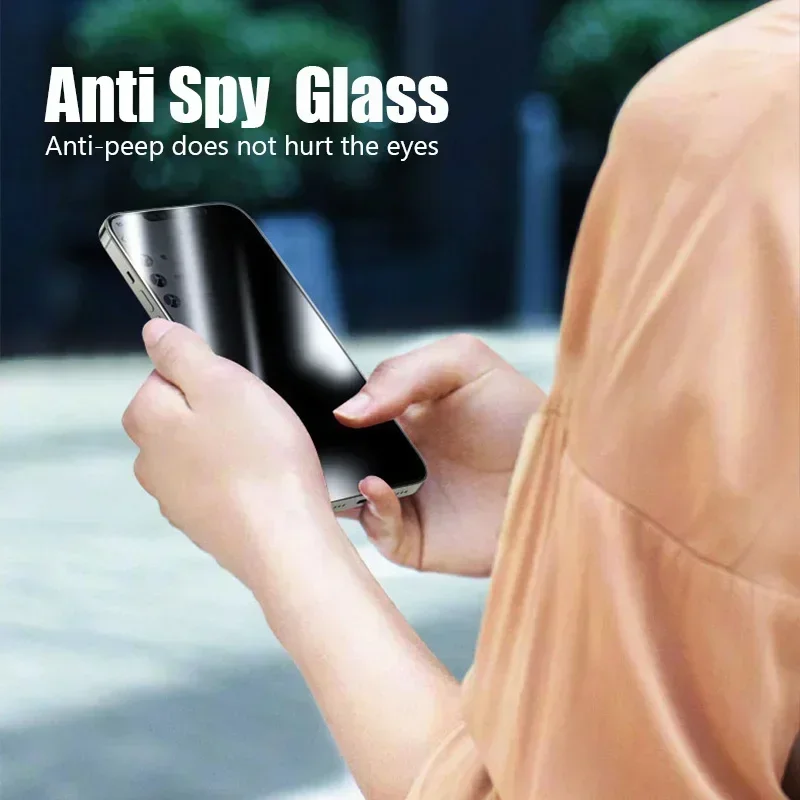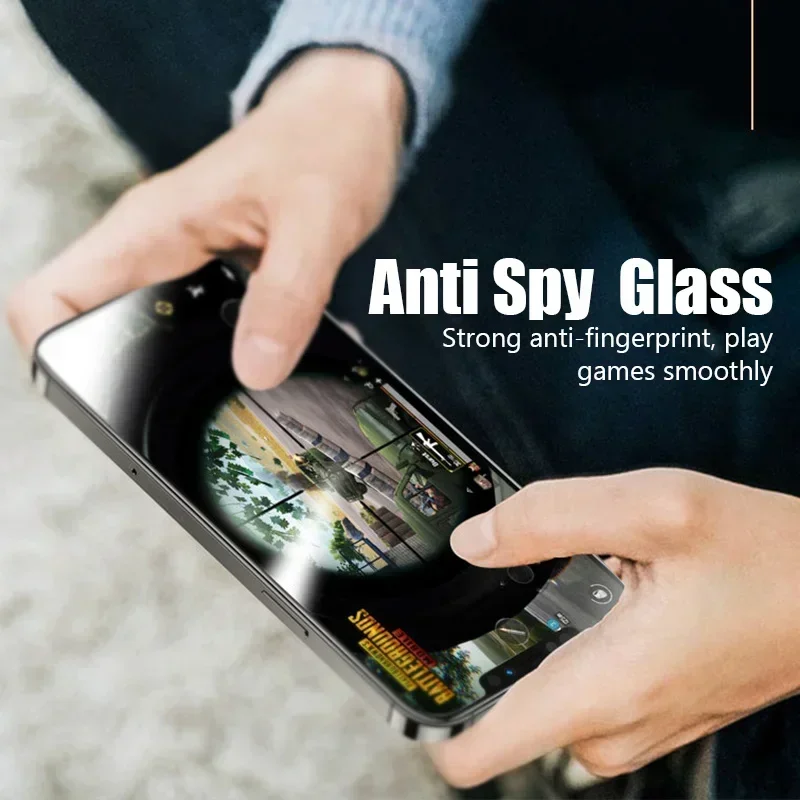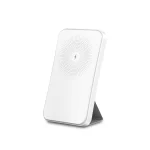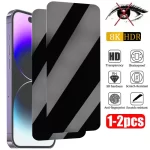Liquid screen protectors have gained popularity as a modern alternative to traditional film and tempered glass protectors. While they offer several advantages, such as ease of application and a seamless finish, they also come with notable disadvantages. Understanding these drawbacks is crucial for consumers who wish to protect their devices effectively. This article delves into the various disadvantages of liquid screen protectors, providing a comprehensive overview for potential users.
1. Limited Scratch Resistance
1.1 Understanding Scratch Resistance
One of the primary purposes of a screen protector is to shield your device’s screen from scratches. Liquid screen protectors are designed to create a thin, invisible layer on your screen that hardens over time. However, this layer often does not provide the same level of scratch resistance as traditional tempered glass protectors.
1.2 Comparisons with Tempered Glass
Tempered glass screen protectors are typically made from chemically treated glass, which offers superior hardness and can withstand significant impact and scratching. In contrast, liquid screen protectors may not effectively resist sharp objects, leading to potential damage from everyday items like keys or coins. Users who frequently carry their phones in pockets or bags with other objects may find liquid screen protectors insufficient for protecting against scratches.
1.3 Real-World Implications
In real-world usage, this difference in scratch resistance can become a significant drawback. Users may notice scratches appearing on their screens over time, undermining the aesthetic and functional quality of their devices. This concern is particularly relevant for individuals who invest in high-end smartphones, where preserving the screen’s condition is paramount.

2. Vulnerability to Impact Damage
2.1 The Nature of Impact Resistance
Another critical disadvantage of liquid screen protectors is their vulnerability to impact damage. While these protectors can guard against minor scratches, they may not provide adequate protection against drops or significant impacts. When a phone falls, the force can cause the liquid layer to crack or fail, exposing the screen to potential damage.
2.2 Testing and Performance
Studies and user reviews often reveal that liquid screen protectors do not perform well under impact testing compared to their glass counterparts. Many users have reported that after dropping their phones, the screens were damaged despite having a liquid protector applied. This reality can lead to increased repair costs and frustration for users who expected better protection.
2.3 The Need for Extra Precautions
For those who are prone to dropping their phones or engaging in activities where impact is likely, relying solely on a liquid screen protector may not be advisable. In such cases, users might need to consider additional protective measures, such as using a rugged phone case or opting for a tempered glass screen protector that provides enhanced impact resistance.
3. Difficulty in Application
3.1 Application Process
While liquid screen protectors are often marketed as easy to apply, many users find the process challenging. The application requires a steady hand and can be more complicated than simply placing a pre-cut glass protector onto the screen. Users must ensure that the screen is completely clean and free of dust before application, which can be a meticulous task.
3.2 Common Application Issues
Even a small speck of dust can lead to bubbles or uneven application, compromising the effectiveness of the protector. If not applied correctly, the liquid may not bond well with the screen, leading to peeling or an uneven surface. This can result in a less-than-ideal user experience, causing frustration among consumers who expect a flawless application.
3.3 User Experience and Feedback
User feedback often highlights the difficulties encountered during the application process. Many individuals report dissatisfaction with the results, leading to wasted products and time. This challenge can deter potential users from choosing liquid screen protectors, as they may prefer the simplicity of traditional protectors that require less skill to apply effectively.
4. Potential for Residue Buildup
4.1 Understanding Residue Issues
Another significant disadvantage of liquid screen protectors is the potential for residue buildup over time. The liquid may leave behind a sticky or greasy residue that can attract dust and fingerprints, diminishing the clarity of the screen.
4.2 Cleaning Challenges
Cleaning a screen with a liquid protector can be more challenging than cleaning a glass protector. While glass can be wiped down with a microfiber cloth easily, the residue from a liquid protector may require specific cleaning solutions to remove effectively. This necessity can add to the maintenance burden for users, detracting from the overall convenience of using a liquid protector.
4.3 Long-Term Maintenance
In the long term, the need for more frequent cleaning and potential residue issues may lead users to reconsider their choice of a liquid screen protector. For individuals who prioritize a clean and clear screen experience, this disadvantage can be a significant factor in choosing alternative protective options.

5. Limited Longevity
5.1 Durability Concerns
The longevity of liquid screen protectors is often a point of contention among users. While manufacturers claim that these protectors can last for months, many users find that the protective layer wears off more quickly than expected. This wear can lead to reduced effectiveness over time, leaving the screen more vulnerable to scratches and damage.
5.2 User Experiences
User reviews frequently indicate that liquid screen protectors may start to degrade within weeks or months, prompting users to replace them sooner than anticipated. This situation can lead to additional costs and a cycle of reapplication that may not appeal to everyone.
5.3 Cost-Effectiveness Analysis
When considering the cost-effectiveness of liquid screen protectors, potential users should weigh the longevity against the price. In some cases, investing in a more durable tempered glass protector may provide better value over time, as it can last much longer and offer superior protection.
6. Limited Protection Against Environmental Factors
6.1 Environmental Exposure
Liquid screen protectors are often marketed as offering some level of protection against environmental factors, such as water or dust. However, this protection is generally limited compared to what traditional screen protectors offer. Liquid protectors may not provide a waterproof barrier, leaving devices vulnerable to spills or rain.
6.2 User Experiences with Environmental Damage
Users have reported instances where their devices suffered water damage even with a liquid protector applied. This scenario highlights the necessity for users to be cautious, as the liquid screen protector does not guarantee complete protection against environmental elements.
6.3 Recommendations for Protection
For users who frequently encounter water or dust in their environments, additional protective measures should be considered. This might include using a phone case with a higher level of protection or opting for traditional screen protectors that offer better resistance to environmental factors.
7. Incompatibility with Some Devices
7.1 Device-Specific Limitations
Not all devices are compatible with liquid screen protectors, which can limit user options. Some manufacturers may recommend against using liquid protectors on specific models due to potential issues with screen sensitivity or responsiveness.
7.2 User Experiences and Device Performance
Reports from users indicate that applying a liquid protector on certain devices can lead to touchscreen sensitivity problems. Users may notice decreased responsiveness or issues with touch accuracy, which can significantly impact their overall device experience.
7.3 Choosing the Right Protector
Before opting for a liquid screen protector, users should research their device’s compatibility and consider manufacturer recommendations. In cases where liquid protectors are not suitable, exploring other protective options is essential for maintaining device performance.
8. Potential Chemical Sensitivities
8.1 Understanding Chemical Composition
Liquid screen protectors contain chemicals that harden upon application. While these compounds are generally safe for most users, there is a potential for allergic reactions or sensitivities in some individuals.
8.2 User Reports of Sensitivities
There have been anecdotal reports of users experiencing skin irritations or allergic reactions after applying liquid screen protectors. This concern is particularly relevant for users with sensitive skin or pre-existing conditions, as exposure to certain chemicals can lead to discomfort.
8.3 Recommendations for Sensitive Users
For users with known sensitivities, it is advisable to conduct a patch test or consult with a healthcare professional before applying a liquid screen protector. Exploring alternative protective options, such as tempered glass, may also be a better choice for those concerned about chemical exposure.

Conclusion
While liquid screen protectors offer some unique benefits, understanding their disadvantages is essential for informed decision-making. From limited scratch and impact resistance to application challenges and potential chemical sensitivities, users must carefully consider whether a liquid screen protector meets their needs. For many, traditional screen protectors may offer a more reliable solution, providing peace of mind and enhanced protection for their devices. Ultimately, choosing the right screen protector involves weighing the pros and cons and considering individual usage patterns and preferences.


